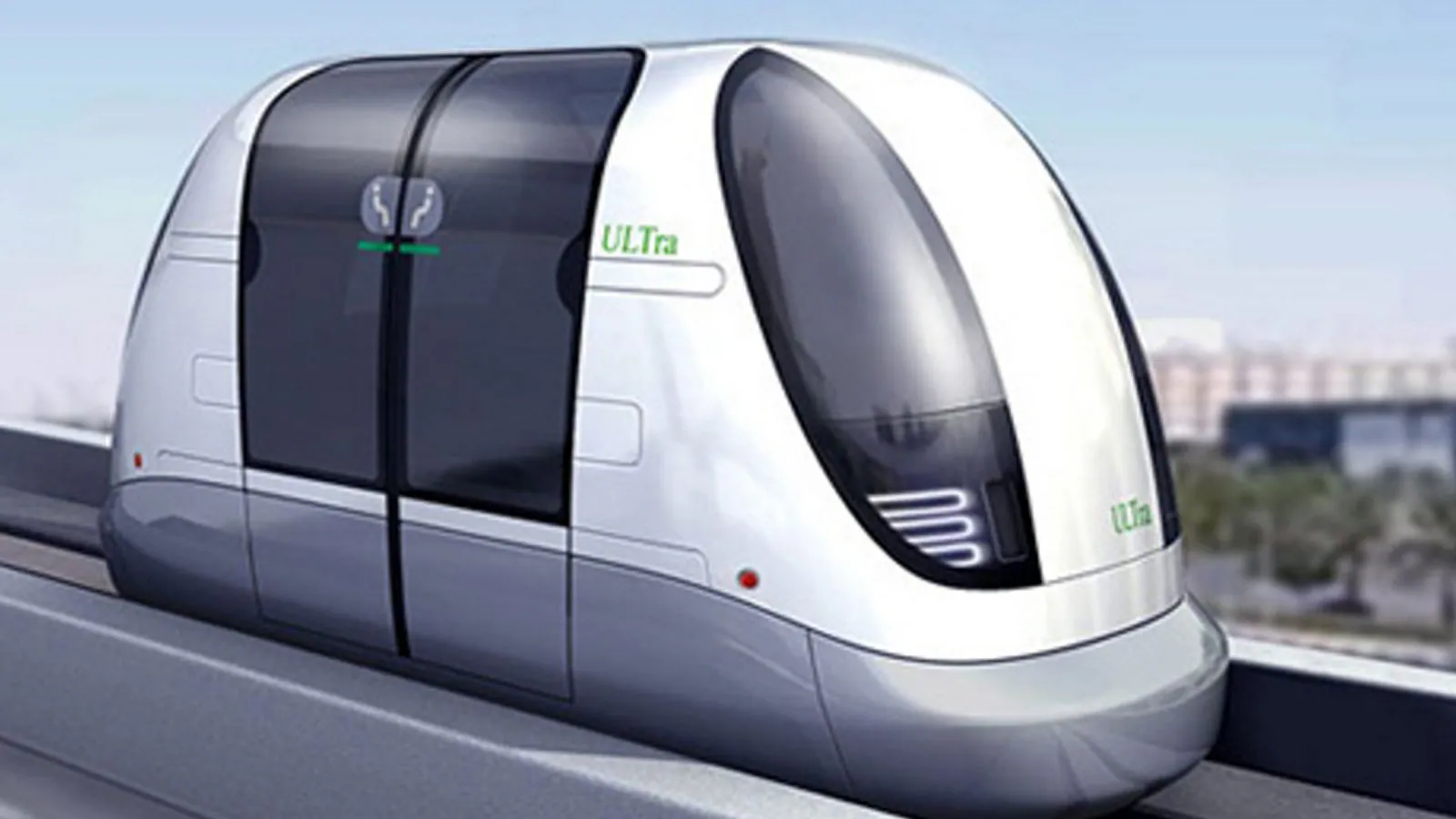Mumbai To Get Pod Taxis: How It Will Help Bandra-Kurla Traffic Amid BKC Bullet Train, New HC Complex
By Manjiri Joshi,News18
Copyright news18

Maharashtra Chief Minister Devendra Fadnavis on Monday said pod taxi services will be introduced in Mumbai to provide last-mile connectivity and reduce pressure on existing transport systems, according to PTI.
Fadnavis said the service will be crucial in the business district between Kurla and Bandra railway stations, which is set to see heavy commuter traffic due to the upcoming bullet train station and the new Mumbai High Court building.
Bandra-Kurla Complex (BKC) station station will be the only underground stop on the 508‑km Mumbai‑Ahmedabad high‑speed rail corridor, with six platforms. A grand new High Court complex of 75 courtrooms is being built on 30 acres in Bandra East, to ease the space crunch at the existing Fort building.
“Mumbai is creating a single-card system for all modes of transport. Pod taxis should also be integrated with this facility,” PTI quoted him as saying.
The CM directed authorities to take up development of Kurla and Bandra station precincts along with the project, and to connect Bandra-Kurla Complex buildings with the stations through pod taxi routes.
Pod Taxi: Redefining Urban Mobility for Seamless Travel in Mumbai
Chaired a meeting at Sahyadri Guest House, Mumbai, on the proposed Pod Taxi service between Kurla and Bandra, a futuristic step to strengthen public transport and provide ‘last-mile connectivity’. With the… https://t.co/2o5HbWk9jH pic.twitter.com/xLUBDiMAPv
— Devendra Fadnavis (@Dev_Fadnavis) September 22, 2025
What is a pod taxi?
A pod taxi is part of the Personal Rapid Transit (PRT) mechanism in which fully automated, driverless, electric vehicles run on elevated tracks to transport small number of persons.
They function like a private taxi but operate autonomously and typically serve short to medium distances within urban areas, airports, or campuses.
What are key features of pod taxis?
They are fully automated, with no human driver.
Passengers can call a pod when needed, like a taxi.
They can usually seat 2-6 people per pod.
They run on exclusive tracks (elevated or ground level), avoiding traffic congestion.
They are electric and energy-efficient.
They use sensors, GPS, and computer systems to move safely.
How do they reduce traffic?
They run on different tracks, thus not adding to existing road traffic. Many traffic snarls are caused by short-distance trips in private cars or taxis. Pod taxis can replace those short trips, especially in crowded areas such as business districts, tourist zones, university campuses, airport terminals. If a pod taxi system is convenient and cost-effective, more people will leave their cars at home.
?CM Devendra Fadnavis chaired a meeting regarding the proposed ‘Pod Taxi service’ at BKC, Mumbai.
?मुख्यमंत्री देवेंद्र फडणवीस यांच्या अध्यक्षतेखाली बीकेसी, मुंबई येथील प्रस्तावित ‘पॉड टॅक्सी सेवे’ संदर्भात बैठक.
?मुख्यमंत्री देवेंद्र फडणवीस इनकी अध्यक्षता में बीकेसी, मुंबई की… pic.twitter.com/xVbBfmYYB3
— CMO Maharashtra (@CMOMaharashtra) September 22, 2025
What are advantages and disadvantages of pod taxis?
While they reduce urban traffic congestion, offer faster, point-to-point travel and are environmentally friendly, pod taxis also lead to high infrastructure cost for guideways and stations. They are not suitable for high-volume transit like buses or metros and need dedicated space which may not be easy in Mumbai.
How are pod taxis used across the world?
Masdar City in the UAE is one of the first cities to use PRT systems.
At Heathrow Airport, UK, the ULTra PRT system used for passenger transfers between terminals and parking.
What about India?
Pod taxi project proposed has been proposed in Amritsar for urban mobility near the Golden Temple.
Various pilot projects have been considered in Gurugram.
With PTI, Agency Inputs



